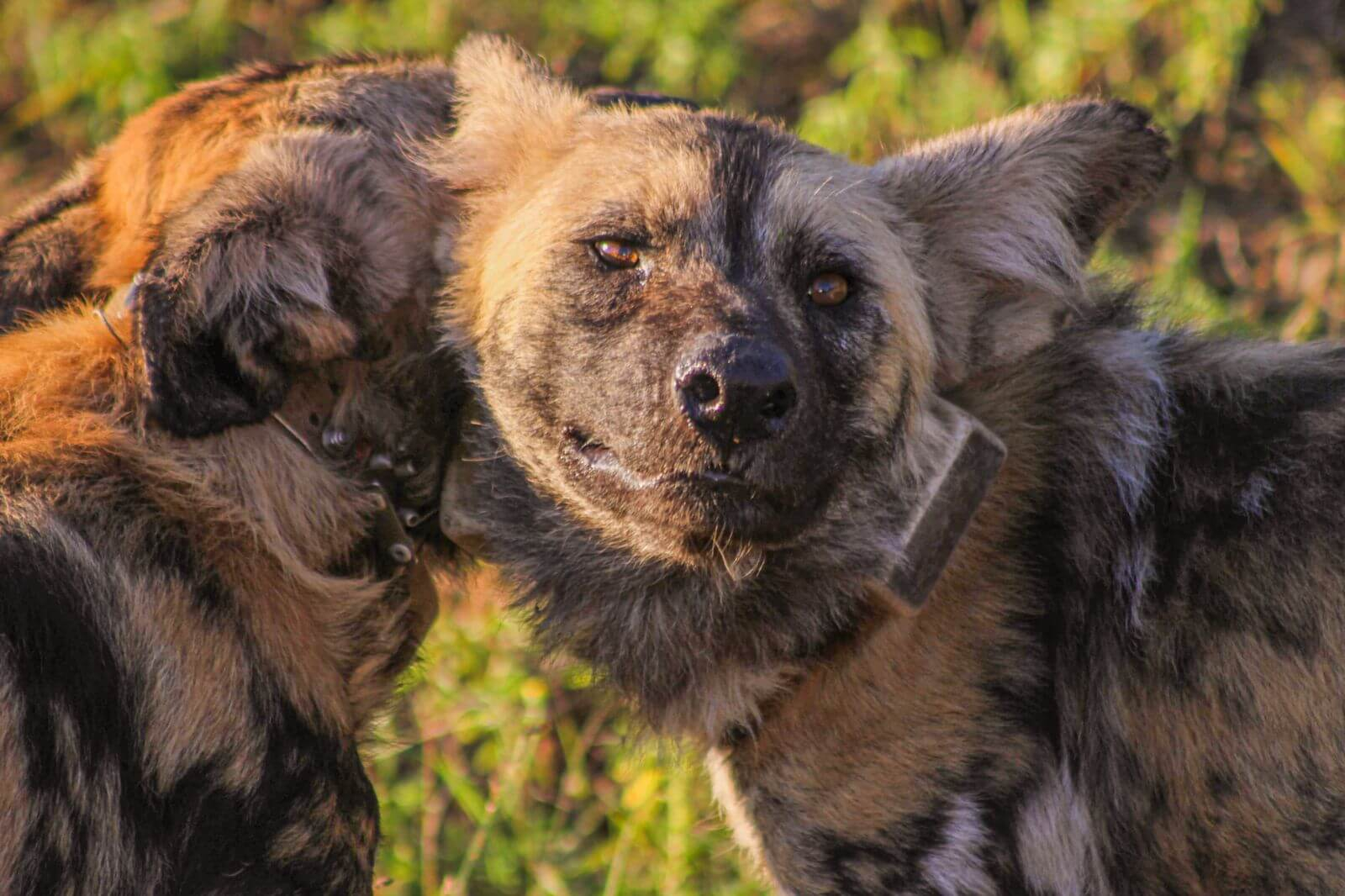Life in the wild is a relentless struggle, where every day presents a new set of challenges for creatures great and small. From top carnivores to tiny rodents, each species must confront its own unique obstacles in order to survive and thrive. These challenges are shaped by a combination of factors, including their ecological niche, environmental conditions, and geographic location.
Predators and Prey:
One of the most fundamental challenges in the wild is finding enough food to sustain life. This challenge varies drastically depending on an animal's position in the food chain. Predators must locate and catch their prey, a task that often requires stealth, speed, and strategy. On the other hand, prey animals need to constantly evade their predators through camouflage, agility, and vigilance. Whether it's a lion stalking its prey in the African savanna or a squirrel foraging for nuts in a forest, the struggle for sustenance is a daily reality.
Extreme Weather Conditions:
Wildlife animals must adapt to the often-harsh weather conditions of their environments. Extreme temperatures, whether scorching heat or freezing cold, present a daily challenge. In hot deserts, animals have evolved to withstand high temperatures and conserve water, while in the Arctic, creatures like polar bears have developed thick fur and layers of blubber to insulate against the cold.
Territorial Disputes:
In the wild, territory is everything. Many species fiercely defend their home ranges against intruders of the same species. These territorial disputes can result in physical conflicts, as seen in battles between male elephants over mating rights or confrontations between dominant wolves in a pack.
Surviving Natural Disasters
Animals must also contend with the unpredictable force of nature. Wildfires, hurricanes, floods, and earthquakes can have devastating consequences for wildlife. While some animals have developed strategies to escape or survive these events, such as burrowing underground or flying to safety, many are vulnerable to the destructive power of natural disasters.
Human Encroachment:
As human populations expand and encroach on natural habitats, wildlife faces increasing challenges. Habitat loss due to deforestation, urbanization, and agriculture displaces countless species, leaving them struggling to find new homes and food sources. Pollution from industrial activities and waste also poses a grave threat to wildlife, affecting everything from aquatic life in polluted rivers to birds and mammals affected by air pollution.
Predation and Disease:
Wild animals must constantly be on guard against predators and disease. Predation pressures can lead to the evolution of defense mechanisms such as camouflage, speed, and the development of toxins. Infectious diseases, whether caused by parasites or pathogens, can decimate populations if left unchecked.
A Complex Web of Survival
Wildlife animals, whether they are top carnivores or small rodents, face an intricate web of daily challenges. The struggle for food, adaptation to extreme conditions, territorial disputes, natural disasters, human encroachment, predation, and disease all play a role in shaping the lives of animals in the wild. These challenges are further influenced by the geographical location, which determines the unique set of obstacles that animals must overcome. Understanding these daily challenges sheds light on the resilience and adaptability of the diverse inhabitants of our planet's ecosystems.
As stewards of this world, it is our responsibility to ensure the preservation of biodiversity and the protection of these incredible creatures who navigate the complexities of survival every day. Only through our collective efforts can we hope to safeguard the future of wildlife and the magnificent tapestry of life on Earth.
